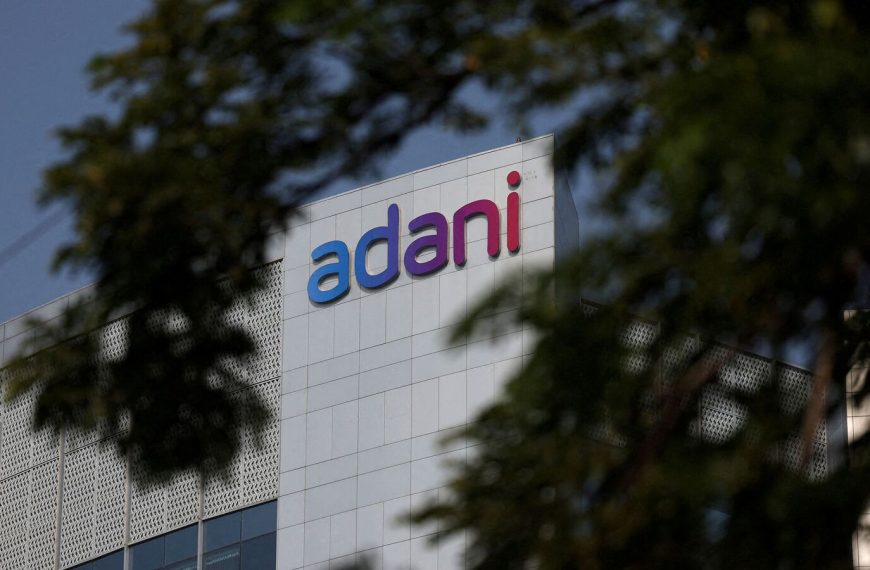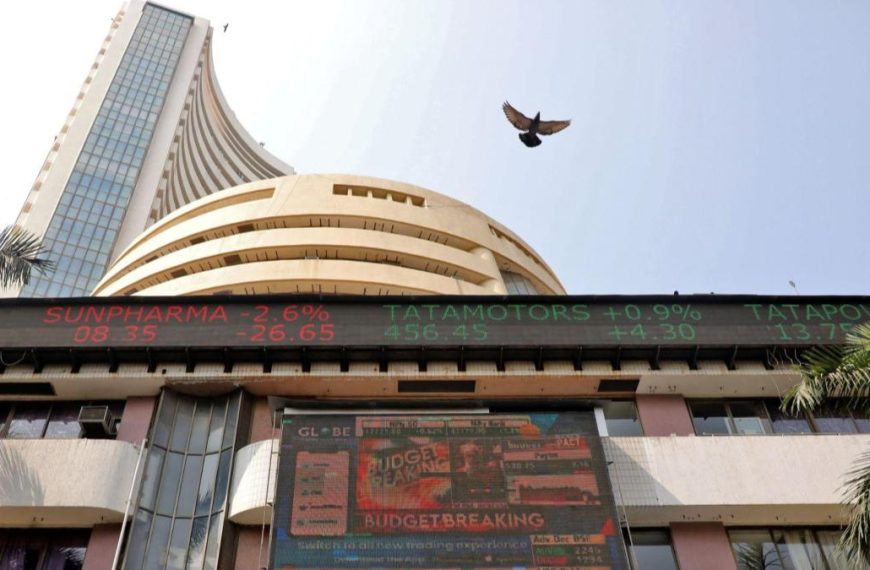Adidas, the renowned German sportswear brand, refrained from increasing its financial outlook for 2025 after reporting strong first-quarter results. The company cited the ongoing uncertainty surrounding U.S. import tariffs as a significant factor hindering its ability to forecast and strategize effectively. CEO Bjorn Gulden indicated that in a stable environment, the company would have adjusted its revenue and profit expectations positively, but the tariff dilemma has complicated those plans. As a result, Adidas shares have plummeted by 12% since the beginning of the year.
Navigating Tariff Uncertainties
To navigate the complexities of the U.S. tariff situation, Adidas took proactive measures by expediting shipments to clear U.S. customs ahead of the tariff deadlines on April 4 and April 9. Additionally, the company redirected products manufactured in China that were intended for the U.S. market to other regions. In a recent conference call, Gulden explained that while Adidas has yet to implement price increases in the U.S., they are analyzing potential scenarios to offset the impacts of tariffs. He emphasized a cautious approach, aiming not to be the "first mover" in raising prices.
- Proactive Measures by Adidas:
- Front-loaded products to clear customs.
- Re-routed Chinese goods to alternative markets.
- Monitoring competitor pricing strategies.
Strategic Focus on Global Markets
In light of the uncertainty in the U.S. market, Adidas aims to bolster its performance in international markets. Gulden noted that this current situation could ironically benefit Adidas, as it is less dependent on the U.S. compared to its competitors like Nike. Despite Adidas shares dipping by 2% by 1255 GMT, the company remains optimistic about its global strategy.
Adidas acknowledged that the new blanket 10% tariffs on imports will likely lead to price increases, but quantifying their impact on U.S. consumer demand remains challenging. Despite already minimizing exports of China-made goods to the U.S., Gulden acknowledged that the company is still "somewhat exposed" to the elevated tariffs on Chinese imports.
Unpredictable Future Ahead
The uncertainty surrounding U.S. tariffs on Southeast Asian countries like Vietnam and Indonesia has caught many sporting goods brands off guard. Gulden expressed hope that these higher duties would not return, emphasizing the unpredictable nature of ongoing negotiations between the U.S. and various exporting nations.
In terms of sales performance, Adidas reported a 14% increase in Europe and a 13% rise in Greater China, where it is successfully capturing market share from competitors. However, North American sales grew only 3%, a situation attributed to the discontinuation of the Yeezy sneaker line.
2025 Financial Projections
While maintaining its full-year guidance, Adidas has acknowledged a broader range of potential outcomes due to current uncertainties, which could negatively impact its results later in the year. The company anticipates currency-neutral sales for 2025 to grow at a "high-single-digit" rate of 7% to 9%, with operating profit expected to rise between €1.7 billion and €1.8 billion (approximately $1.94 billion to $2.05 billion).
Adidas has also seen improvements in its running shoe and apparel sales as it strives to compete more effectively against emerging brands like On and Hoka, which have gained traction at the expense of traditional giants like Adidas and Nike. Gulden highlighted that Adidas-sponsored athletes clinched victories in both the men’s and women’s races at the recent London Marathon, further enhancing the brand’s reputation in the running segment.
In summary, while Adidas faces significant challenges due to tariff-related uncertainties, its strategic adjustments and focus on global markets may provide a path to continued growth and resilience in an unpredictable economic landscape.










